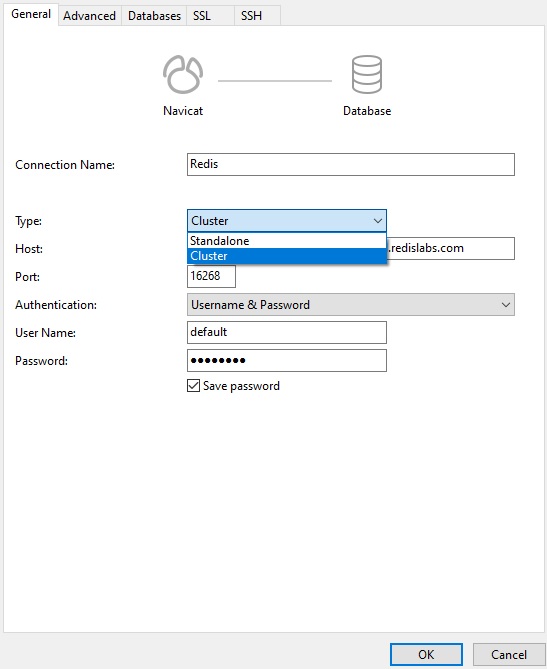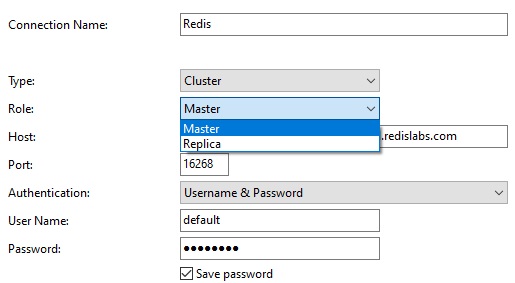Navicat 16.3 Adds Support for Redis Cluster
Oct 27, 2023 by Robert Gravelle
Navicat made headlines back in May of 2023 when the company introduced Navicat for Redis. Since then, the development team have added several notable enhancements, the most significant being support for the Redis JSON key type. Version 16.3 marks another milestone in the evolution of both Navicat Premium and Navicat for Redis, which adds support for Redis Cluster. Today’s blog will provide a brief overview of Redis Cluster, how to connect to server instances in Navicat, as well as list a few other features that you’ll find in Navicat Premium.
Redis Cluster is a distributed implementation of Redis, the popular in-memory data structure store. It brings high availability and scalability to Redis setups. Introduced in Redis 3.0, it has become a crucial tool for large-scale applications.
One of its key features is automatic data sharding. Redis Cluster partitions the dataset across nodes, allowing for horizontal scaling. Each node holds a specific range of hash slots. This enables the handling of larger datasets compared to a single Redis instance.
Moreover, Redis Cluster ensures high availability through a master-slave replication model. Data is replicated across nodes, providing resilience against node failures. In case of a failure, a failover mechanism promotes a replica to a master, ensuring uninterrupted access to data.
Redis Cluster prioritizes availability and partition tolerance, making it a robust choice for distributed systems. It provides a balance between scalability and fault tolerance, making it a valuable tool for applications with demanding requirements.
The Connection dialog now contains a Type drop-down where you can choose from a Standalone database instance or one which is part of a Cluster:

Selecting the Cluster item from the drop-down causes the Role drop-down to appear directly beneath it:

It allows you to choose between the Master database or a Replica (i.e. slave).
Navicat Premium 16.3 introduces a few other features, including support for the MongoDB Time-Series Collection as well as support for setting MySQL descending primary key.
New in version 5.0, the MongoDB Time-Series Collection efficiently stores sequences of measurements over a period of time. Time series data is any data that is collected over time and is uniquely identified by one or more unchanging parameters. The unchanging parameters that identify your time series data is generally your data source’s metadata. Compared to normal collections, storing time series data in time series collections improves query efficiency and reduces the disk usage for time series data and secondary indexes.
Meanwhile, the MySQL descending primary key utilizes an index that stores rows in a descending order. The query optimizer will choose this type of an index when a descending order is requested by the query. This index type was introduced in MySQL 8.0.
In today’s blog, we learned about some of the exciting new features in Navicat 16.3, namely support for Redis Cluster, MongoDB Time-Series Collections and MySQL descending primary keys.
Both Navicat Premium 16.3 and Navicat for Redis 16.3 are available for a free trial of 14 days on Windows, macOS and Linux.